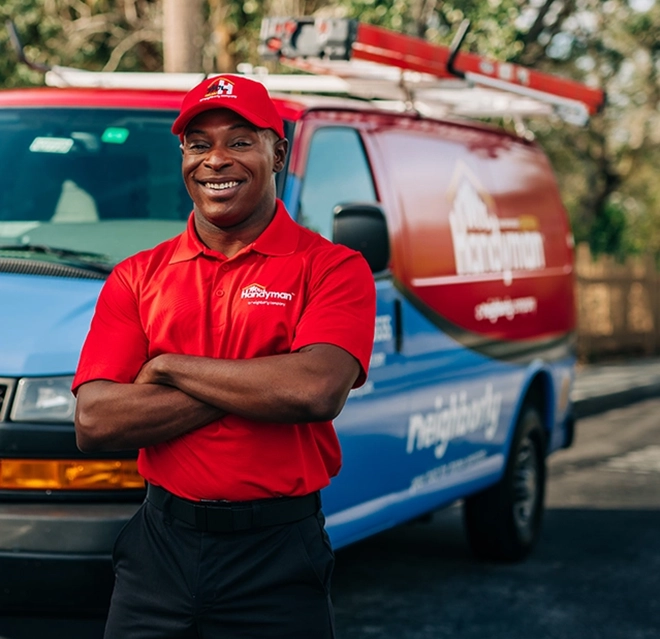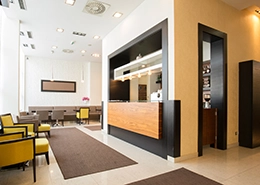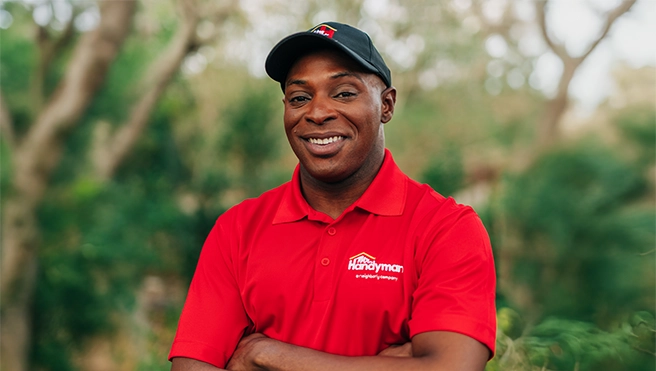What to Expect
Every property will eventually need a soffit repair. Wichita, KS locals know it's not a matter of “if” but “when.” There are many reasons why you may need a soffit repair. Wichita, KS homeowners may experience the issues below. Knowing what the causes of soffit damage are can help you spot the signs early on and learn how to mitigate these issues.
Decay and rot:
Soffits are often exposed to moisture, leading to decay and rot, especially if the materials are susceptible to water damage. This can occur due to roof leaks, inadequate ventilation, or prolonged exposure to moisture. Rotting soffits must be promptly repaired or replaced to prevent further damage to the underlying structure.
Pest infestation:
Soffits can be susceptible to pest infestations, including insects and rodents. Small openings or gaps in the soffit can provide access points for pests, which may seek shelter or create nests and even make their way into your attic. Regular roof inspection and maintenance are crucial to identifying and addressing pest-related issues.
Damage from weather elements:
Soffits are exposed to various weather conditions, including wind, rain, snow, and UV radiation. Over time, this exposure can cause damage, such as cracking, warping, or discoloration of the material. Severe wet weather conditions like storms or hail can cause more significant damage.
Poor ventilation:
Inadequate air circulation in the soffit can lead to problems such as excess moisture buildup and condensation in the attic or roof space. This can contribute to mold growth, wood rot, and other structural issues. Blocked or damaged ventilation openings must be cleared or repaired to ensure airflow.
Maintenance and cleaning:
Soffits require regular maintenance and cleaning to prevent debris, dirt, or mold accumulation. Neglecting maintenance can result in clogged vents, reduced ventilation, water leaks, and deterioration of the soffit’s appearance.
Improper installation:
If the soffit is installed incorrectly or uses defective materials, it may be prone to problems such as sagging, loose panels, or inadequate attachment to the fascia board.




